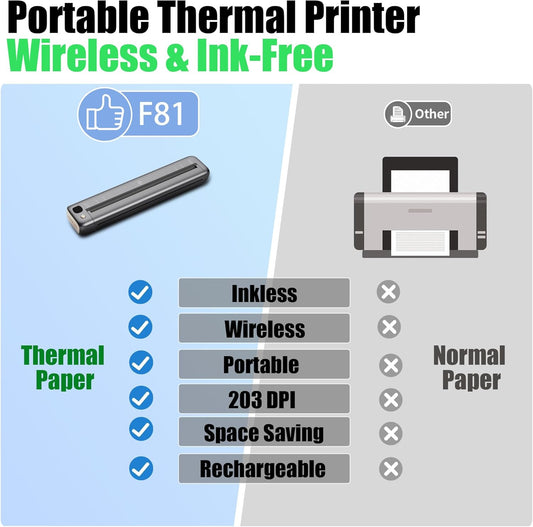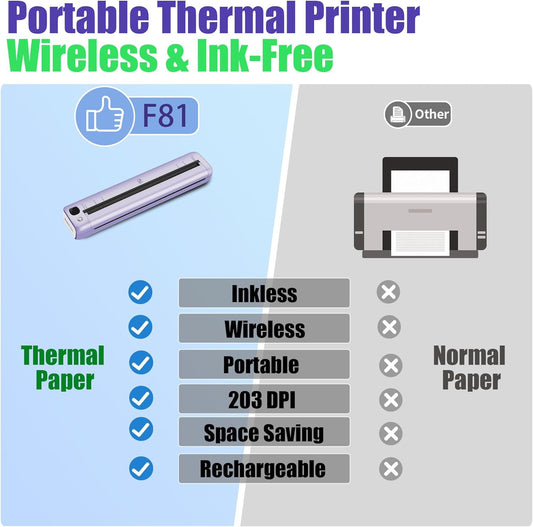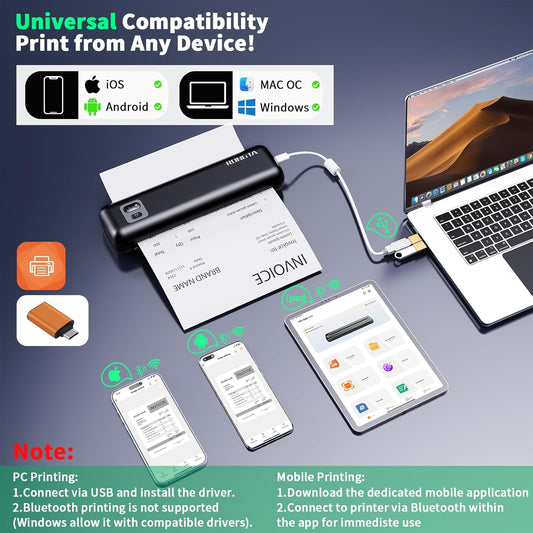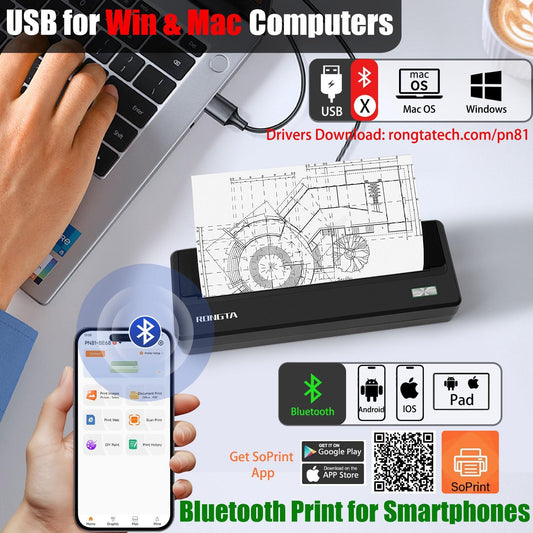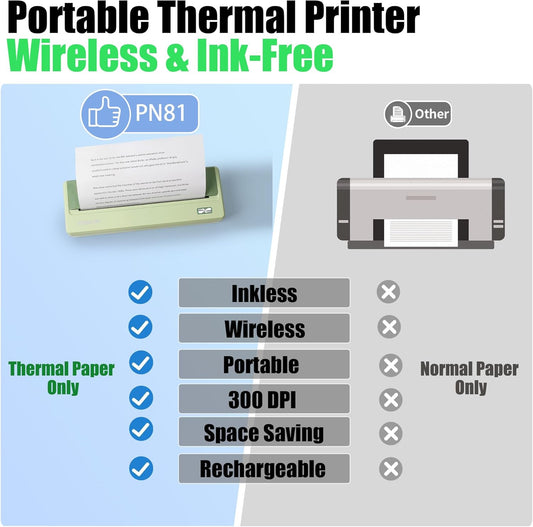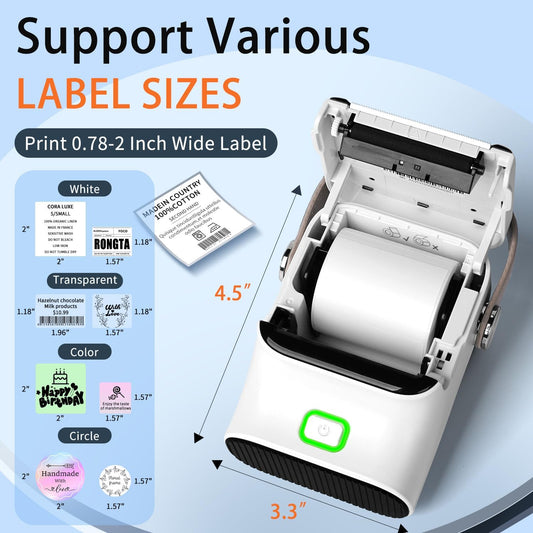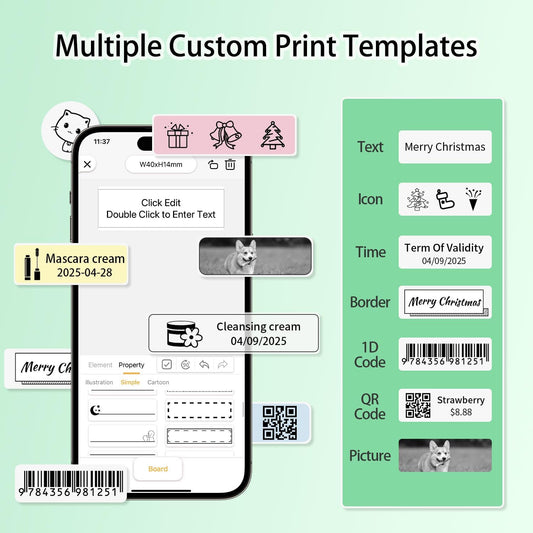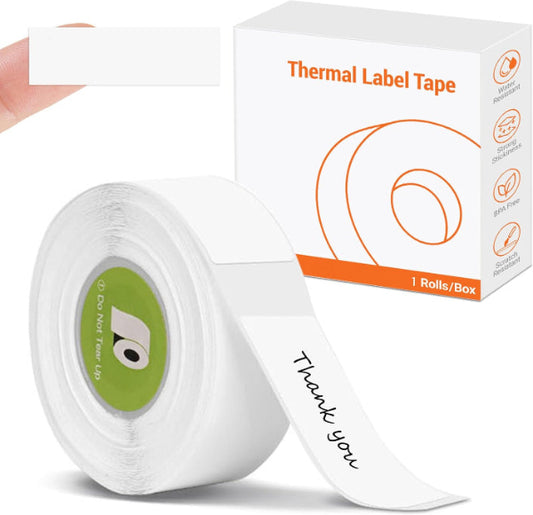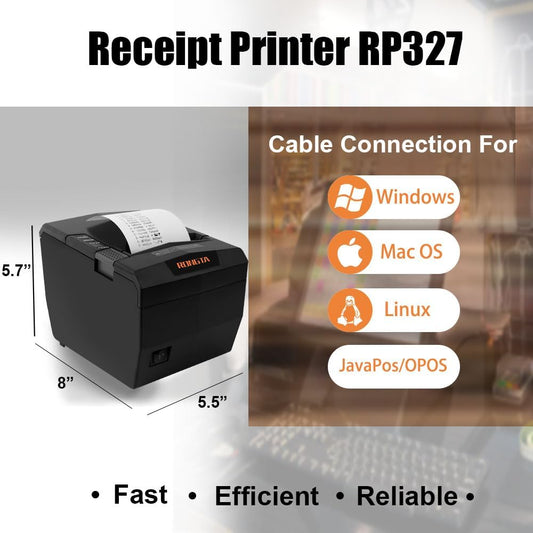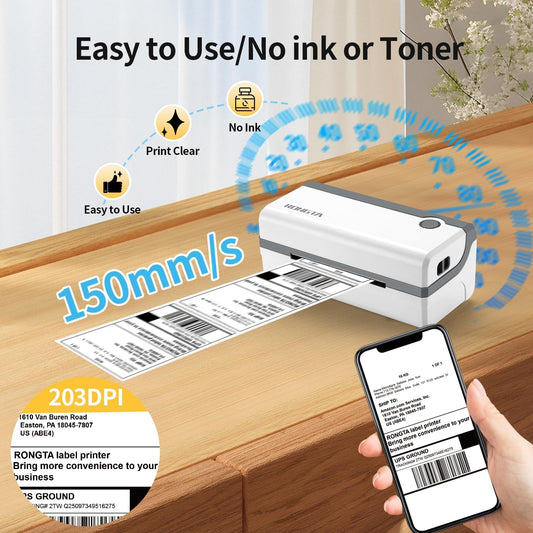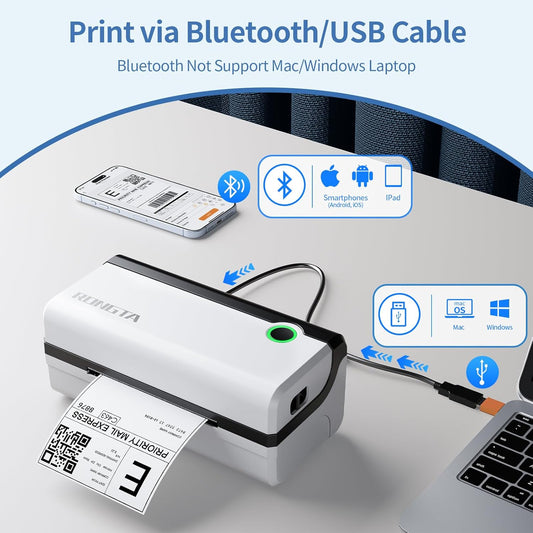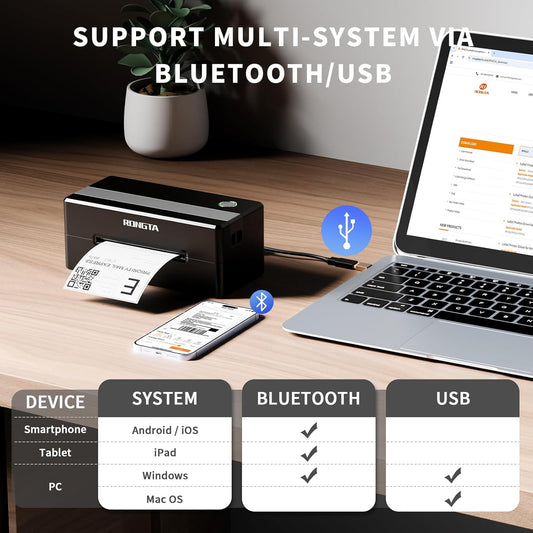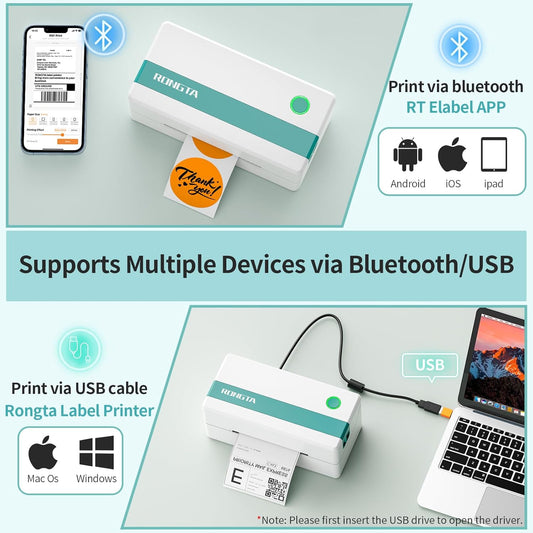Rongta Printers' Series
-

Label Maker
Mini Label Maker
-

Label Printer
Shipping Label Printer
-

Portable Printer
Portable Printer wireless for Travel.
Rongta Printer
Fast & Clear
-
4x6 inch Sticker Shipping Labels
Regular price From $7.99 USDRegular price$139.99 USDSale price From $7.99 USDSale -
4x6 inch Sticker Shipping Labels 500pcs
Regular price $19.99 USDRegular price$29.99 USDSale price $19.99 USDSale -
Rongta F81 Bluetooth Thermal Portable Printer Support US Letter (Gray)
Regular price $79.99 USDRegular price$109.99 USDSale price $79.99 USDSale -
Rongta F81 Bluetooth Thermal Portable Printer Support US Letter (Purple)
Regular price $79.99 USDRegular price$109.99 USDSale price $79.99 USDSale -
Rongta F82 Bluetooth Thermal Portable Printer Support US Letter (Black)
Regular price $79.99 USDRegular price$109.99 USDSale price $79.99 USDSale -
Rongta F82 Bluetooth Thermal Portable Printer Support US Letter (White)
Regular price $79.99 USDRegular price$109.99 USDSale price $79.99 USDSale -
Rongta PN81 Inkless Portable Printer (Black)
Regular price $89.99 USDRegular price$119.99 USDSale price $89.99 USDSale -
Rongta PN81 Inkless Portable Printer (Green)
Regular price $89.99 USDRegular price$119.99 USDSale price $89.99 USDSale -
Rongta POS Thermal Receipt Printer, 80mm Receipt Printer for Restaurant Kitchen
Regular price $109.99 USDRegular price$189.99 USDSale price $109.99 USDSale -
Rongta R22 Bluetooth Label Maker Machine For Office
Regular price $36.99 USDRegular price$59.99 USDSale price $36.99 USDSale -
Rongta R5 Mini Label Maker Machine with Tape (Pink)
Regular price $26.99 USDRegular price$49.99 USDSale price $26.99 USDSale -
Rongta R5 Mini Label Maker Machine with Tape, Bluetooth & Wireless Label Connection (White))
Regular price $26.99 USDRegular price$49.99 USDSale price $26.99 USDSale -
Rongta R5 Thermal Label Maker Sticker Tape, 14x40mm (0.55"x1.57")
Regular price From $7.99 USDRegular price$9.99 USDSale price From $7.99 USDSale -
Rongta RP327 POS Receipt Printer, 80mm Thermal Printer
Regular price $109.99 USDRegular price$189.99 USDSale price $109.99 USDSale -
Rongta RP420 Bluetooth Thermal Shipping Label Printer (White grey)
Regular price $69.99 USDRegular price$89.99 USDSale price $69.99 USDSale -
Rongta RP420 Bluetooth Thermal Shipping Label Printer (White)
Regular price $69.99 USDRegular price$89.99 USDSale price $69.99 USDSale -
Rongta RP421A Thermal Shipping Label Printer (Black)
Regular price $69.99 USDRegular price$89.99 USDSale price $69.99 USDSale -
Rongta RP421A Thermal Shipping Label Printer (White)
Regular price $99.00 USDRegular price$139.00 USDSale price $99.00 USDSale













